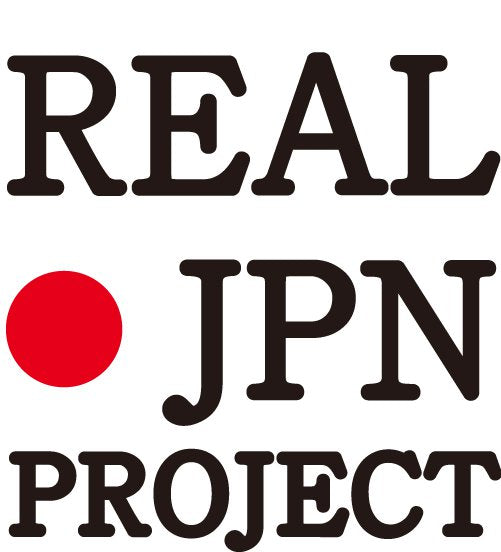In Japan, there are many kinds of traditional patterns.
They are not only beautiful but also they have wonderful meanings!
We introduce 3 patterns today.
Ichimatsu pattern

It is a kind of lattice pattern, and it is a pattern in which two-colored squares are arranged alternately.
It is said that the *Kabuki actor of the Edo period, the first Kabuki actor Sanogawa Ichimatsu, used it for the pattern of the hakama and got its name. It is often used in modern times, but since ancient times it has been a favorite pattern for crafts, dyeing and weaving, and interior decoration.


*Kabuki : traditional Japanese performing art and it consists of drama, dance and music.
Arabesque pattern

It is a pattern that the vines grow in all directions and then meet each other. The ivy that grows forever is a symbol of vitality. It was loved as an auspicious pattern that means the prosperity and longevity of the clan.
By the way, "arabesque" is not an actual flower, but a continuous plant pattern in which the stems and vines of the plant are entwined, and represents the ideal flower for humans.
Tako Arabesque pattern

This pattern has its origins in Mesopotamia, Egypt, which is a long time ago. It is one of the arabesque patterns.
The leaves are simplified and drawn on the outside of the spirally wound vine. It is commonly called the octopus arabesque pattern because it reminds of the sucker of the octopus's foot.

Each pattern has a wonderful meaning.
If you are looking for a gift for someone special,
we recommend Souta Kiln's items with traditional patterns.
▼Souta Kiln's Page is here! ▼
https://www.realjapanglobal.com/collections/vendors?q=Souta%20Kiln

